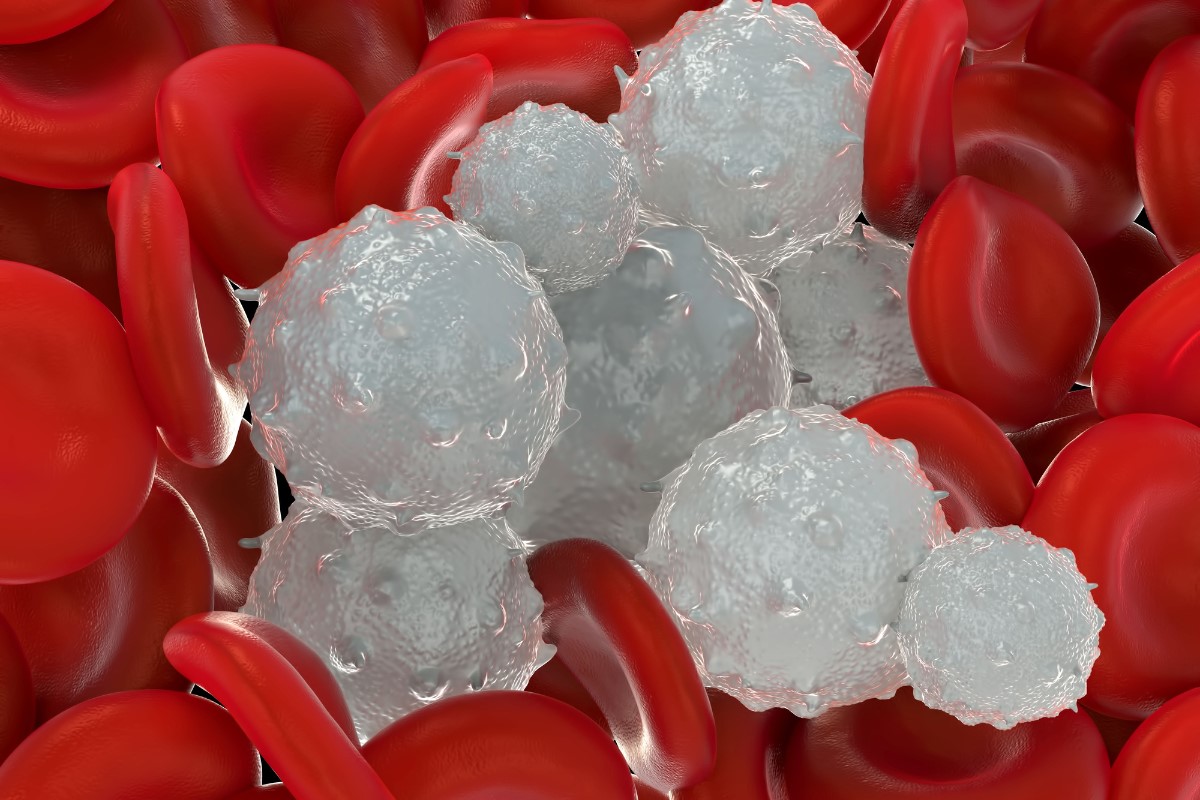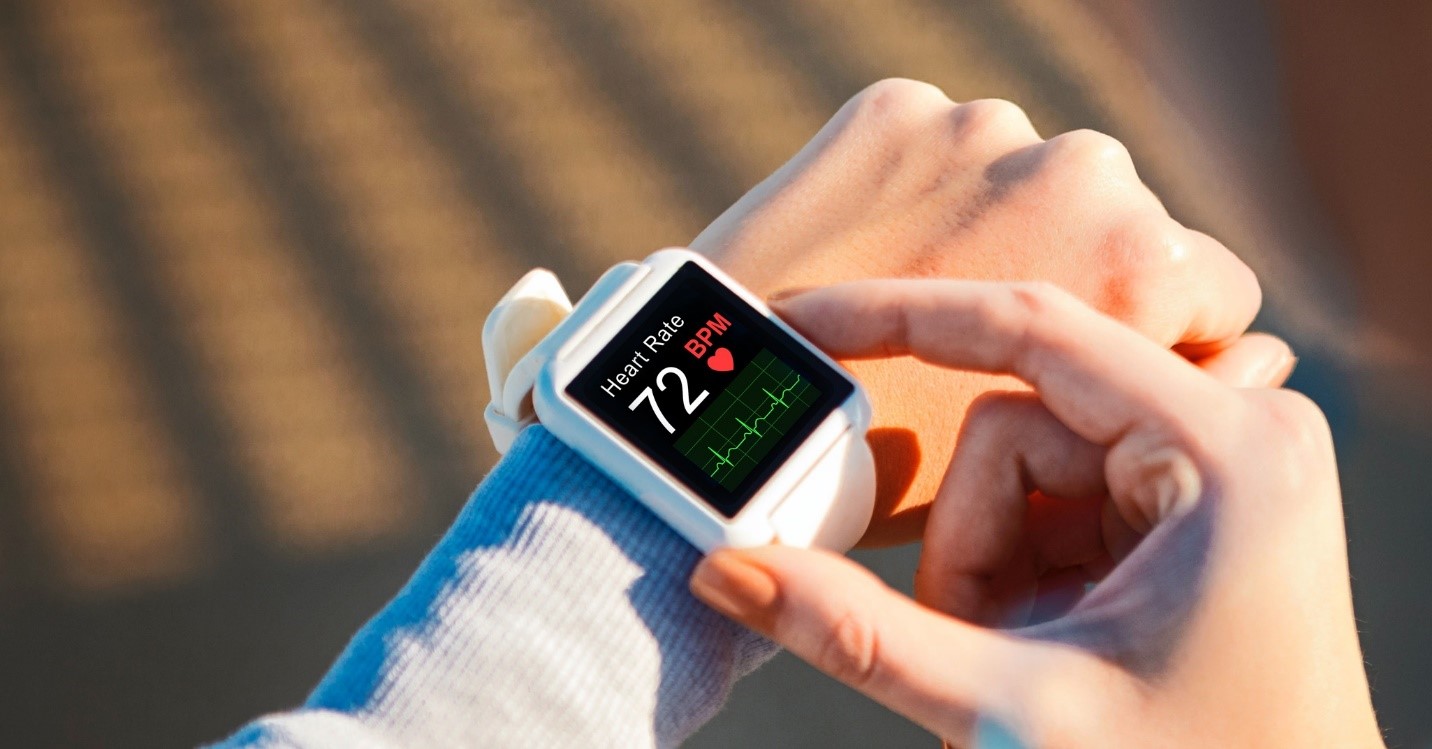Cardiovascular disease (CVD) remains a leading cause of morbidity and mortality worldwide, necessitating continuous advancements in its treatment. Recent years have seen significant strides in understanding the pathophysiology of CVD, leading to innovative therapeutic approaches. This article delves into the latest developments in cardiovascular disease treatment, focusing on precision medicine, novel pharmacological agents, regenerative therapies,
Cardiovascular disease (CVD) remains a leading cause of morbidity and mortality worldwide, necessitating continuous advancements in its treatment. Recent years have seen significant strides in understanding the pathophysiology of CVD, leading to innovative therapeutic approaches. This article delves into the latest developments in cardiovascular disease treatment, focusing on precision medicine, novel pharmacological agents, regenerative therapies, and cutting-edge technologies.
Precision Medicine: A Tailored Approach
Precision medicine has revolutionized the treatment landscape of cardiovascular diseases by tailoring therapies based on individual genetic, environmental, and lifestyle factors. This approach enables clinicians to predict more accurately which treatments will be most effective for specific patients.
Genetic Profiling
Genetic profiling has become a cornerstone of precision medicine in CVD. By identifying genetic variants associated with cardiovascular risk, clinicians can develop personalized treatment plans. For instance, variations in the PCSK9 gene have been linked to cholesterol levels, guiding the use of PCSK9 inhibitors in patients with hypercholesterolemia. Additionally, pharmacogenomics helps predict patient responses to medications, minimizing adverse effects and optimizing therapeutic outcomes.
Biomarkers
Biomarkers are critical in precision medicine, offering insights into disease mechanisms and progression. Recent research has identified novel biomarkers such as microRNAs and circulating endothelial cells, which provide early detection and prognostic information. These biomarkers facilitate timely intervention and monitoring, improving patient outcomes.
Novel Pharmacological Agents
The development of new pharmacological agents has significantly expanded the therapeutic arsenal against cardiovascular diseases. These agents target specific pathways involved in disease pathogenesis, offering enhanced efficacy and safety profiles.
SGLT2 Inhibitors
Originally developed for diabetes management, Sodium-Glucose Cotransporter-2 (SGLT2) inhibitors have demonstrated cardiovascular benefits beyond glycemic control. Clinical trials have shown that SGLT2 inhibitors reduce the risk of heart failure and cardiovascular mortality in patients with and without diabetes. Their multifunctional effects, including diuresis, blood pressure reduction, and improved cardiac function, make them a promising addition to CVD treatment.
PCSK9 Inhibitors
Proprotein convertase subtilisin/kexin type 9 (PCSK9) inhibitors have emerged as potent lipid-lowering agents. By inhibiting PCSK9, these monoclonal antibodies increase the availability of LDL receptors, enhancing the clearance of low-density lipoprotein cholesterol (LDL-C) from the bloodstream. Clinical trials have demonstrated significant reductions in LDL-C levels and cardiovascular events, positioning PCSK9 inhibitors as a valuable option for patients with hypercholesterolemia and those who are statin-intolerant.

Picture by: Yandex.com
Antithrombotic Agents
Advancements in antithrombotic therapy have improved the management of thrombotic events in CVD. Direct oral anticoagulants (DOACs) have become the preferred choice over traditional vitamin K antagonists due to their predictable pharmacokinetics and reduced bleeding risk. Additionally, novel antiplatelet agents such as P2Y12 inhibitors offer enhanced antithrombotic efficacy while minimizing adverse events.
Regenerative Therapies
Regenerative therapies hold immense potential for repairing and regenerating damaged cardiovascular tissues, offering hope for patients with advanced CVD.
Stem Cell Therapy
Stem cell therapy has shown promise in regenerating damaged myocardium and improving cardiac function. Mesenchymal stem cells (MSCs) and induced pluripotent stem cells (iPSCs) have been extensively studied for their regenerative potential. Recent clinical trials have demonstrated the safety and efficacy of stem cell therapy in patients with heart failure, highlighting its potential to revolutionize CVD treatment.
Tissue Engineering
Tissue engineering aims to create functional cardiac tissues for transplantation. Advances in biomaterials, 3D printing, and bioreactors have enabled the development of engineered heart tissues that mimic the native myocardium. These tissues can be used for repairing myocardial infarction scars and improving cardiac function. While still in the experimental stage, tissue engineering holds great promise for future CVD treatment.
Cutting-Edge Technologies
Technological advancements have paved the way for innovative diagnostic and therapeutic approaches in cardiovascular disease management.
Artificial Intelligence (AI)
Artificial Intelligence (AI) has transformed cardiovascular care by enabling early detection, risk stratification, and personalized treatment. Machine learning algorithms can analyze vast amounts of data from electronic health records, imaging studies, and wearable devices, identifying patterns and predicting cardiovascular events. AI-powered diagnostic tools, such as automated echocardiography and electrocardiogram analysis, enhance diagnostic accuracy and efficiency.

Picture by: Yandex.com
Wearable Devices
Wearable devices have become invaluable tools for monitoring cardiovascular health. These devices continuously track vital signs, physical activity, and heart rhythms, providing real-time data for early detection of abnormalities. Advanced wearables, such as smartwatches with electrocardiogram capabilities, empower patients to actively manage their cardiovascular health and seek timely medical intervention.
Remote Monitoring
Remote monitoring technologies have gained prominence, especially during the COVID-19 pandemic, enabling continuous patient monitoring and reducing hospital visits. Telemedicine platforms and remote monitoring devices allow healthcare providers to track patients’ cardiovascular parameters, adjust treatment plans, and provide timely interventions, improving patient outcomes and reducing healthcare costs.
Conclusion
The landscape of cardiovascular disease treatment is rapidly evolving, driven by advancements in precision medicine, novel pharmacological agents, regenerative therapies, and cutting-edge technologies. These developments hold immense potential for improving patient outcomes, reducing cardiovascular morbidity and mortality, and transforming the future of cardiovascular care. As research continues to unravel the complexities of CVD, the integration of these innovative approaches into clinical practice will pave the way for a new era in cardiovascular disease management.
















